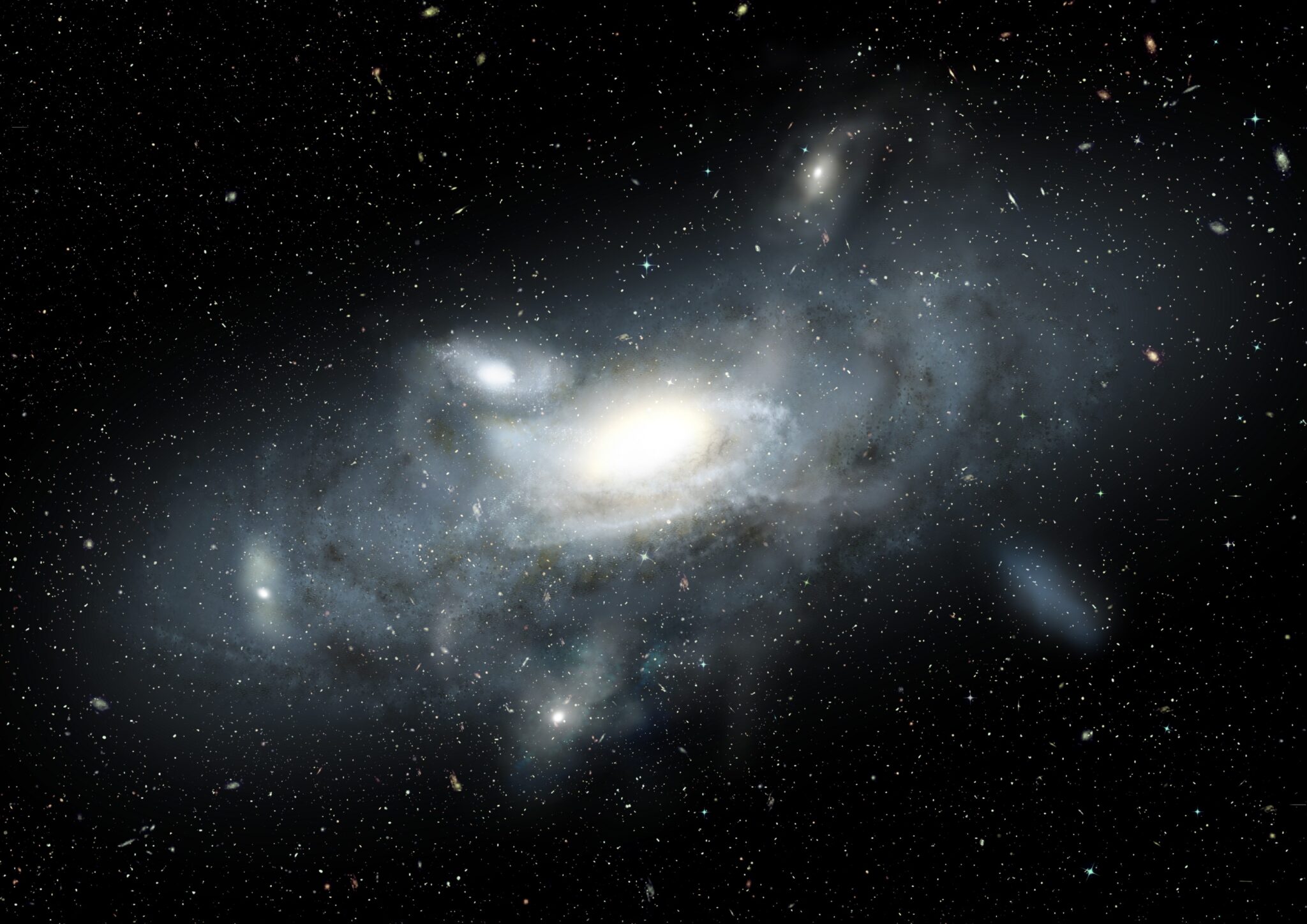The James Webb Space Observatory has discovered an interesting find – a galaxy called Sparkler Galaxy. The peculiarity of this object is that it is a young copy of our Milky Way galaxy in the distant past, when it was smaller and lighter. The data obtained made it possible to understand what our galaxy was like in the years of its “youth”.

The Milky Way is one of the oldest in the Universe – it is about 13 billion years old. During its lifetime, the Milky Way grew because more and more stars were formed, until it reached its current mass of about 1.5 trillion solar masses. It also contains about 200 globular clusters of stars.
In the case of the Sparkler Galaxy, it has only 3% of the mass of the Milky Way and only 24 globular clusters. But this small galaxy is growing, actively absorbing neighboring moon galaxies and globular clusters. According to forecasts, over time it will grow to the mass of the Milky Way.
“We are excited by this unique opportunity to study both the formation of globular clusters, and an infant Milky Way, at a time when the Universe was only 1/3 of its present age,” said lead author Duncan Forbes from Swinburne University in Australia.
The Sparkler Galaxy is very far away. Its light takes billions of years to reach us. The researchers could get a better look at it using the technique of gravitational lensing, which meant that they saw it as it was about 9 billion years ago. According to co-author Aaron Romanowsky, this ability to see a galaxy formed only 4 billion years after the Big Bang can help us understand the formation of globular clusters.
Earlier we reported on how James Webb suffered from a serious failure.
According to Monthly Notices of the Royal Astronomical Society.
Follow us on Twitter to get the most interesting space news in time
https://twitter.com/ust_magazine
